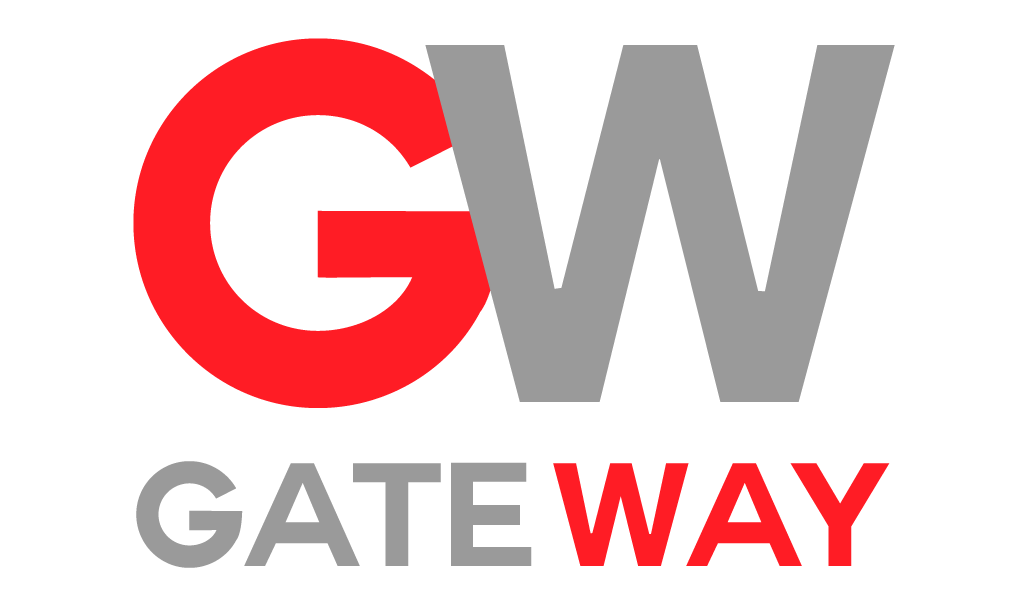
Let’s face it: the old ways of recruiting simply don’t work anymore.
If you’re still relying on newspaper ads or generic job boards to attract top talent, you might as well be using carrier pigeons. The world of work has changed dramatically—especially with economic headwinds from recent U.S. tariff policies—and your hiring methods need to keep up or risk falling dangerously behind.
The Economic Reality We’re Facing
With the United States implementing sweeping tariffs against key trading partners, many economists are predicting significant market volatility ahead. According to a recent McKinsey report, 68% of businesses are already adjusting their hiring strategies in anticipation of tightening budgets and changing consumer demands. This isn’t just another economic cycle—it’s a fundamental shift that requires a completely new approach to talent acquisition.
For hiring managers and executives, this presents both a challenge and an opportunity. While some organizations are freezing hiring altogether (a short-sighted move that will leave them scrambling when markets stabilize), forward-thinking companies are revolutionizing how they identify, attract, and retain top performers—often at a lower cost than their traditional recruitment methods.
Old methods vs. data-driven approaches
Traditional recruiting relied heavily on guesswork. You’d post a job, cross your fingers, and hope the right candidate applied. But in today’s market, that approach is as outdated as fax machines. Enter the data-driven recruitment revolution.
By harnessing the power of predictive analytics and machine learning, businesses can now identify candidates who not only have the right skills but also fit the company culture and demonstrate resilience during economic uncertainty—a critical trait as markets respond to trade tensions.
Consider Deloitte’s remarkable transformation of their talent acquisition strategy during the 2020 pandemic. According to their published case study, by integrating AI-powered candidate matching with behavioral analytics, they improved their employee retention rate by 42% while simultaneously reducing recruitment costs by 26%. The quality of their hires—measured by first-year performance reviews—increased by 31% compared to their previous traditional hiring methods.
This isn’t isolated success. A comprehensive LinkedIn Talent Solutions survey from 2023 found that companies using data-driven recruitment approaches were 3x more likely to report improved hiring efficiency and 2.5x more likely to improve talent quality and retention.
Why traditional recruitment falls short in today’s economy
The economic landscape shaped by recent tariff policies has created several challenges that traditional recruitment simply can’t address:
1. Speed to hire is critical
When markets shift rapidly, waiting 3-4 months to fill key positions isn’t just inconvenient—it’s potentially disastrous. Data-driven recruitment can reduce time-to-hire by up to 60%, according to research from Gartner.
2. Precision matters more than ever
With tightening budgets, the cost of a bad hire (estimated at 30% of the employee’s first-year salary by the U.S. Department of Labor) becomes unacceptable. Modern recruitment tools can predict candidate success with significantly higher accuracy.
3. Changing skill requirements
As industries adapt to new economic realities, required skill sets are evolving rapidly. Traditional job descriptions quickly become outdated, while AI-powered systems can continuously adapt to emerging needs.
4. Remote and hybrid work complexity
Recent economic pressures have accelerated the shift toward flexible work arrangements. Data shows that 76% of professionals now expect some form of remote work option, according to a 2024 FlexJobs survey. Traditional recruitment methods struggle to effectively assess remote work compatibility.
What modern recruitment looks like in practice
Forward-thinking organizations are implementing several key strategies that separate them from competitors still stuck in outdated recruiting paradigms:
Predictive candidate matching
Rather than passive resume collection, modern systems actively identify ideal candidates based on sophisticated algorithms that consider not just skills and experience, but working style, growth potential, and adaptability—traits that become especially valuable during economic uncertainty.
Skills-based assessment
Moving beyond the resume, these organizations implement objective skill assessments that eliminate bias and provide concrete data on capabilities. The Boston Consulting Group found that companies using skills-based hiring improved diversity by 35% and significantly increased retention during market downturns.
Behavioral science integration
By incorporating insights from organizational psychology, modern recruitment tools can predict how candidates will respond to specific workplace scenarios—including economic pressure and rapid change.
Continuous feedback loops
Unlike traditional “post and pray” methods, data-driven recruitment creates continuous improvement cycles. Every hire provides data that refines future hiring decisions, creating compounding advantages over competitors.
The financial imperative
For executives watching economic indicators with growing concern, modernizing recruitment isn’t just about finding better talent—it’s a financial imperative. Oxford Economics estimates the cost of replacing a single employee can exceed 150% of their annual salary when accounting for all direct and indirect costs.
Organizations using data-driven recruitment approaches report average cost-per-hire reductions of 30-40%, according to the Society for Human Resource Management. During economic contraction periods, this cost advantage becomes a significant competitive differentiator.
Moreover, companies with advanced talent acquisition strategies demonstrate 18% higher revenue per employee and 30% greater profitability compared to industry peers using traditional methods, according to research from Bersin by Deloitte.

Making the transition
Transforming your recruitment approach doesn’t require massive upfront investment.
Many organizations begin by:
- Auditing current recruitment metrics (time-to-hire, cost-per-hire, quality-of-hire, retention rates)
- Implementing one data-driven tool to address the most significant pain point
- Creating a 90-day measurement framework to evaluate results
- Gradually expanding based on demonstrated ROI
This measured approach allows for proof of concept without disrupting existing operations, making it perfect for organizations concerned about uncertain economic conditions.
The competitive advantage of acting now
While many organizations delay innovation during economic uncertainty, history shows this is precisely when forward-thinking companies create insurmountable advantages. During the 2008 financial crisis, companies that prioritized talent innovation emerged with 5x the market share growth compared to those that made across-the-board cuts, according to research published in the Harvard Business Review.
The current economic environment, shaped by international trade tensions and tariff policies, presents a similar opportunity. While competitors retreat to outdated, familiar recruitment methods, organizations that embrace data-driven approaches will secure the talent needed to navigate uncertainty and capitalize on the eventual recovery.
Key takeaways:
- Old recruitment methods are too slow and outdated for today’s volatile market, especially as economic conditions respond to new tariff policies.
- Data-driven approaches reduce costs while simultaneously improving hire quality—a critical advantage during economic uncertainty.
- Companies implementing modern recruitment strategies demonstrate measurably better financial performance, even during market contractions.
A phased implementation approach allows organizations to modernize recruitment without significant disruption or upfront investment.
Want to ditch the outdated recruitment process and gain a competitive edge even as markets respond to economic pressures? Let’s talk about how we can get you set up with the right tools for the job. Drop me a comment, so I’m not talking to myself here!
Gareth Callaway
PRESIDENT


